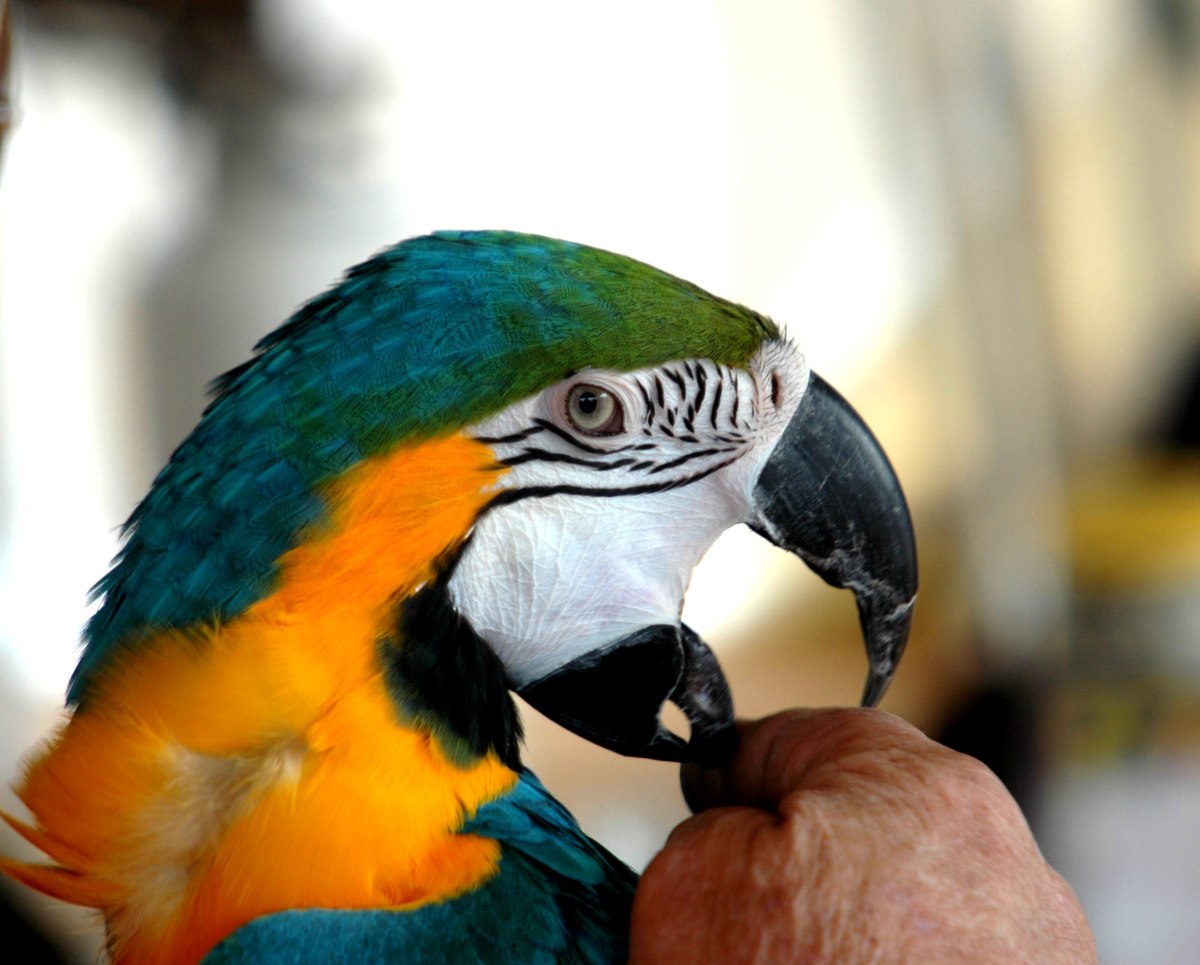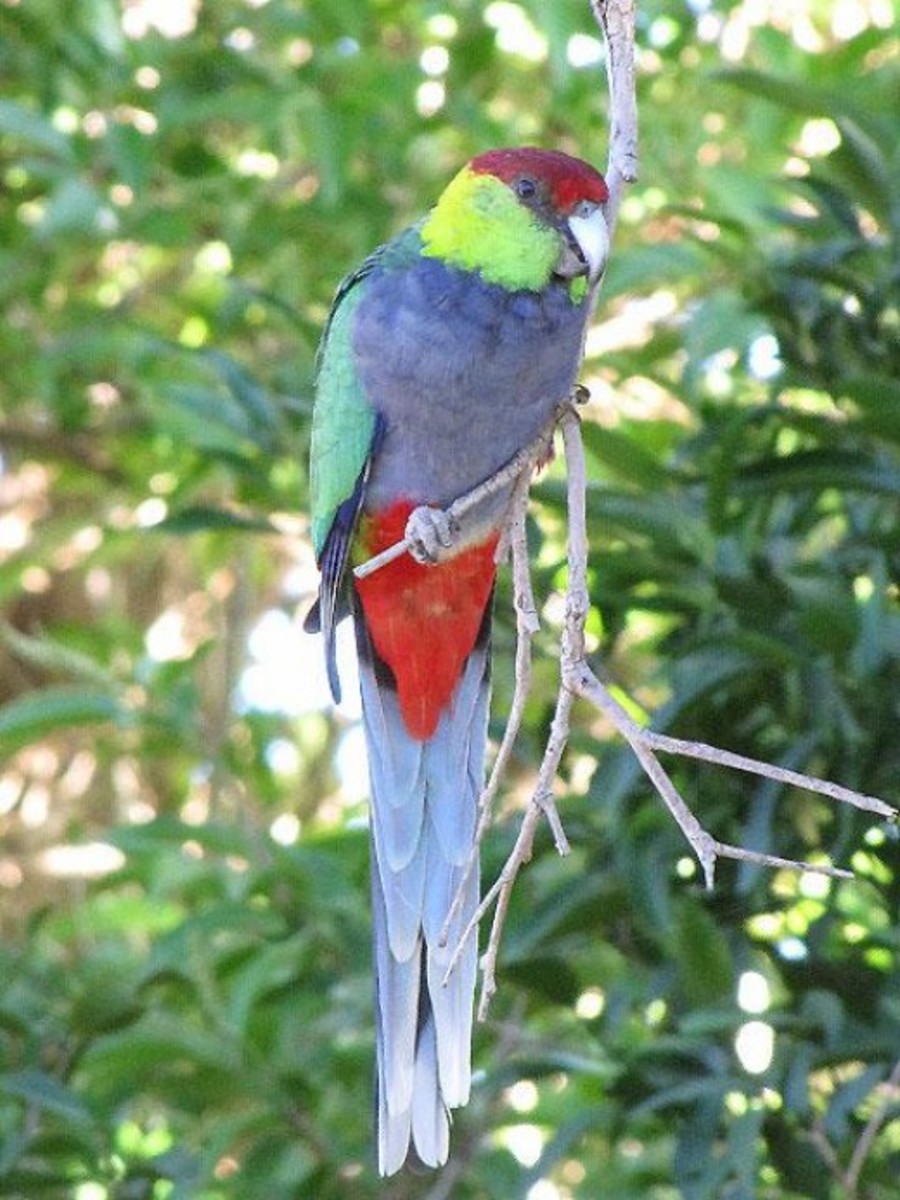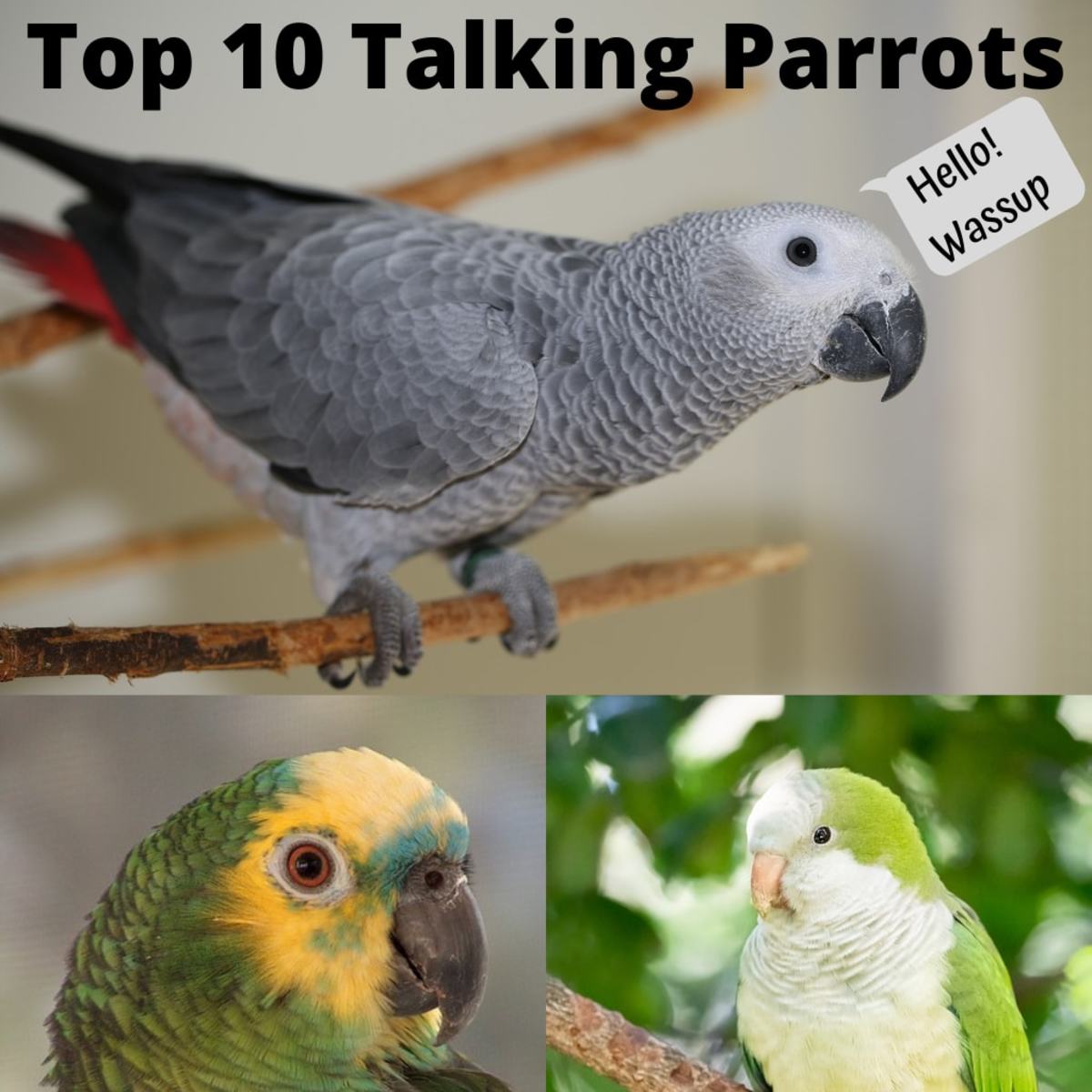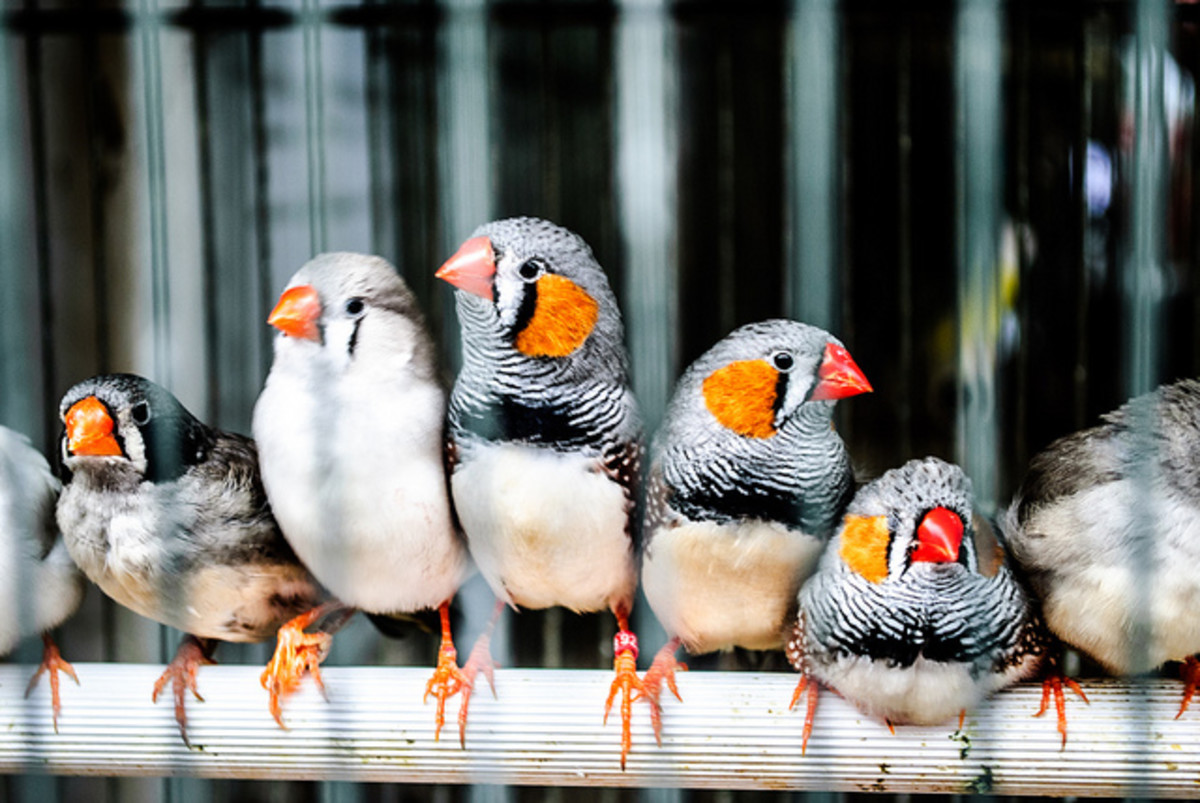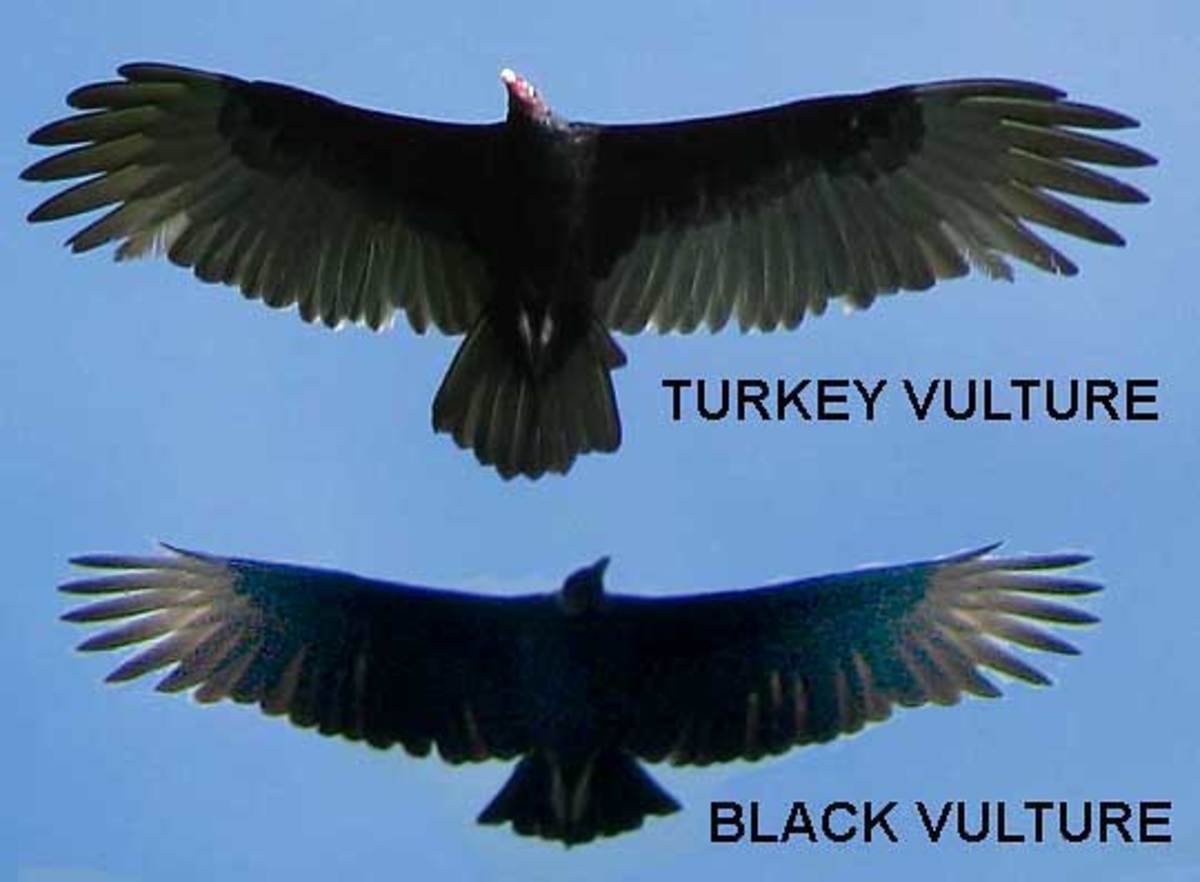How to Teach Your Parrot to Talk
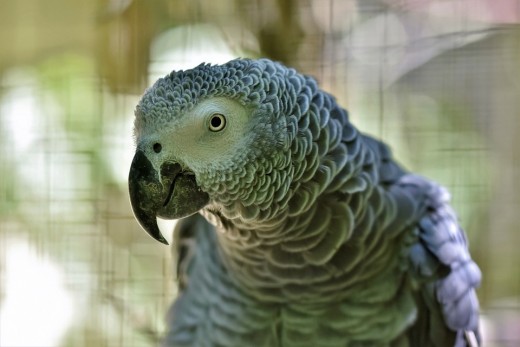
Teaching your parrot to talk
One of the reasons that draw some people to get a parrot as a pet is the possibility of learning how to teach your parrot to talk. Parrots are unique in the animal kingdom as being the only animal that can literally mimic sounds, including human speech, in a way that might even make you think they know what they are saying. Although some parrots are highly intelligent, it is debatable if they actually know and understand what they are saying or not!
However, It can be highly amusing and fun to hear your pet bird say words or phrases. Teaching your parrot to talk can take a lot of training and patience though, and some birds learn better than others. Depending on the age and socialization ( with other birds) of your pet, he/she may not even learn at all in some cases, but it would still be fun to try, right?
Also, some species are better at this than others.Some of the best talkers are African greys,Yellow-naped Amazons and mynah birds, (although mynahs are not of the parrot species). These birds can collect extensive vocabularies, and are very popular among serious bird people who like talkers. Also, the more common Budgie or Budgerigar ( also known as a Parakeet in the USA) can be taught to talk, and are a much less expensive alternative to bigger members of the parrot family.
It is recommended that you start them early if you are trying to teach a Budgie to speak. If they are left to spend too long in a petshop situation for instance, they tend to be very noisy and chattery instead of the nice talker you might like. This is due to learning too much bird language from their siblings and hence they tend to be much noiser and not pay attention to lessons.
Petra talking to an Alexa
Some good medium to small sized talking breeds of bird.
Some very good popular medium-sized talking birds are Indian ringnecks, Quaker parakeets, male cockatiels, blue-crowned conures, and chattering lories, but the best ( and most affordable by far!) small talking bird is the Budgie. Budgies, also known as parakeets, have been known to say hundreds of words and phrases in some individuals.
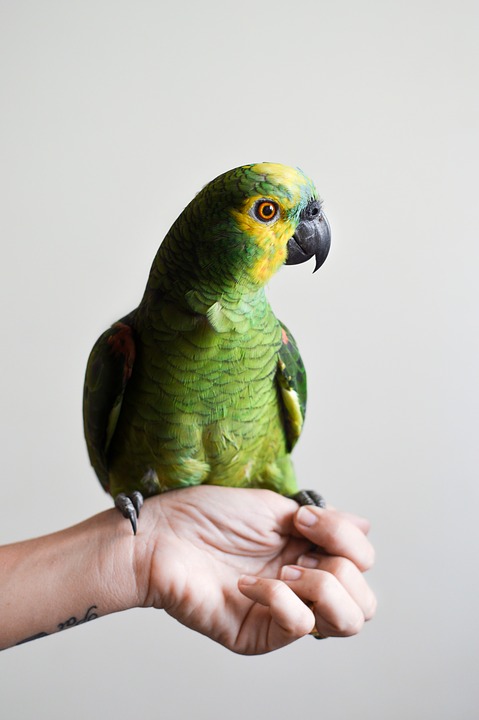
Some other types of parrots that are easy to teach to talk.
Congo African grey parrots and Timneh African grey parrots, double yellow-headed Amazon parrots and yellow-naped Amazon parrots, Eclectus parrots, and Indian ring-necked parakeets are just a few of the pet bird species that can speak. The blue-and-gold macaw is the most talkative of the macaws. The bare-eyed and rose-breasted cockatoos are very chatty.
If you can provide them with their nectar diet, lories are excellent talkers. Like the Senegal and Meyer's parrots, African Poicephalus parrots may learn to communicate, however their sounds are difficult to understand. The Pionus parrots, of which Maximillian's Pionus speaks most clearly, are the same.
Young, male and single equals ready to chat?
Male budgies are more likely to talk than a female, and one bird is more likely to talk than a pair of birds. In pairs they tend to be too used to " bird language" to care about learning to talk our language.
If you would like a talking bird, you have much more likelihood of success if it's a single, young bird. You'll have to talk to it regularly, as in, repeating the same word over and over, being clear and precise yet simple, nothing too complicated,. Choose a simple word like " hello" or the birds name.
Budgie (Parakeet) talking
How to train a parrot to talk
Don't move onto the second word until they have mastered the first, you don't wanna confuse their crazy little parrot brains!
It's also a good idea that only one person trains him to talk, otherwise the sounds of different voices will confuse him when you're trying to have him pick up on a word.
Some people say that you should avoid teaching your bird to whistle until it learns to talk first, as once it learns to whistle it can get carried away with whistling all the time.
Rewarding your parrot when he talks by giving him a treat can sometimes work wonders.
Often some of the better talkers will learn words or sounds all by themselves, they can mimic things they hear on tv or radio or in conversations, as well as sounds such as telephones.
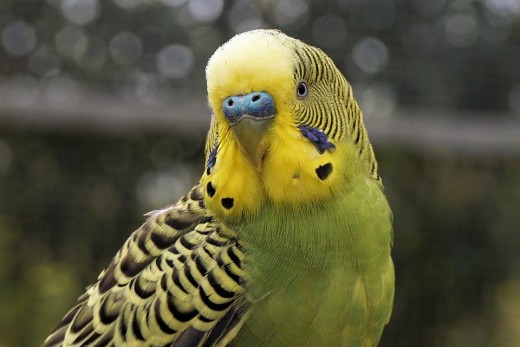
Teaching a parrot to talk is an exciting and rewarding endeavor that requires patience, consistency, and a good understanding of avian behavior. Parrots, renowned for their ability to mimic sounds, can learn to speak words and phrases with proper training and dedicated effort. While not all parrots will talk, many can be taught with the right techniques. Here's a comprehensive guide on how to teach your parrot to talk:
-
Choose the Right Parrot: Some parrot species are more inclined to mimic human speech than others. African Grey parrots, Amazon parrots, Eclectus parrots, and some species of Conures and Budgerigars are known for their exceptional talking abilities. While this doesn't guarantee that every individual will talk, it increases the likelihood.
-
Start Early: Young parrots are more receptive to learning new sounds. However, older parrots can also learn, but it might take more time and patience.
-
Create a Positive Environment: Parrots learn best in a stress-free and positive environment. Ensure your parrot feels safe, comfortable, and loved in its surroundings.
-
Build a Bond: Develop a strong bond with your parrot by spending quality time together. Interact with your parrot regularly, talk to it, and use positive reinforcement techniques like treats or praises for good behavior.
-
Repetition and Consistency: Choose a few simple words or phrases and repeat them consistently. Start with basic words like "hello," "goodbye," or the parrot's name. Repeat these words several times a day in a calm and clear voice.
-
Use Contextual Phrases: Associate words with specific actions or situations. For instance, say "good morning" when uncovering the cage in the morning or "goodnight" when covering it at night.
-
Imitate Sounds and Encourage Imitation: Parrots learn by imitation, so demonstrate the words or sounds you want them to mimic. Encourage your parrot by talking to it frequently and responding positively when it attempts to mimic sounds or words.
-
Patience is Key: Not all parrots will learn to talk, and some might take longer than others. Be patient and persistent in your efforts, and avoid getting frustrated if progress seems slow.
-
Avoid Negative Reinforcement: Never scold or punish your parrot for not talking or making mistakes. Negative reinforcement can hinder the learning process and damage the bond between you and your bird.
-
Use Audio Aids: Playing recordings of human speech or videos of talking parrots can sometimes encourage a parrot to mimic sounds.
-
Regular Training Sessions: Schedule short, regular training sessions (5-10 minutes) multiple times a day. Consistency is crucial for effective learning.
-
Celebrate Success: When your parrot successfully mimics a word or sound, celebrate and reward it with treats, praise, or a favorite activity.
Remember, not all parrots will talk, and individual abilities vary. Some might only learn a few words, while others may develop a substantial vocabulary. Enjoy the process and the bond you build with your feathered friend along the way. With patience, consistent effort, and a positive environment, you can increase the chances of your parrot picking up human speech.
Will your bird be a talker or not?
If your pet bird is a naturally talkative species and is still young, it is most likely to communicate. Furthermore, if you or your family are a verbal household, your pet bird is more likely to talk. Finally, if your pet bird speaks or imitates noises, you'll have a high possibility of teaching it things.
Any of these parrots may or may not be able to learn words. The ability to "chat" with our parrots is a plus, not a must. It's worthwhile to work with your pet bird to improve its capacity to communicate. Remember that even a non-speaking pet bird may communicate and comprehend what you're saying.
If your bird fails to be a " talker" don't be upset, he's still an intelligent animal and just because he can't communicate in sounds us humans recognise doesn't mean he (or she) is any less intelligent or lovable!
If you have success teaching your parrot to talk, leave a comment, I'd love to hear about it!



